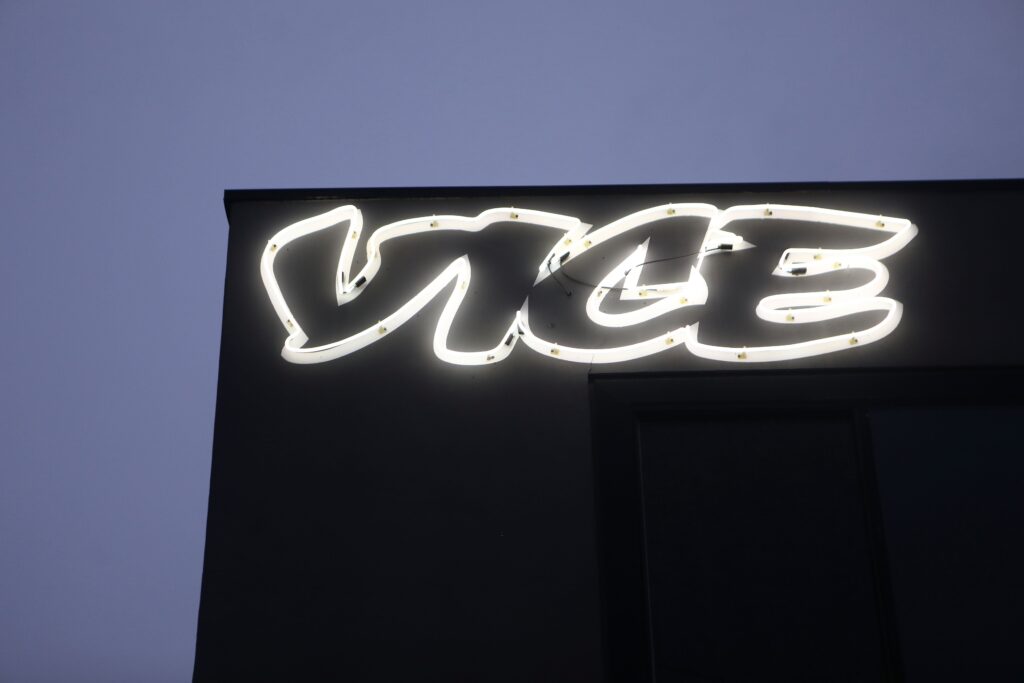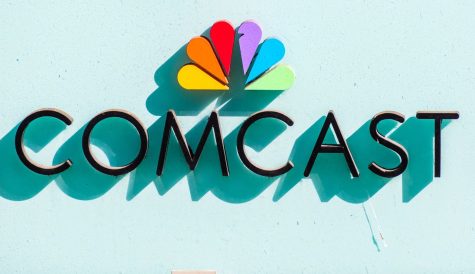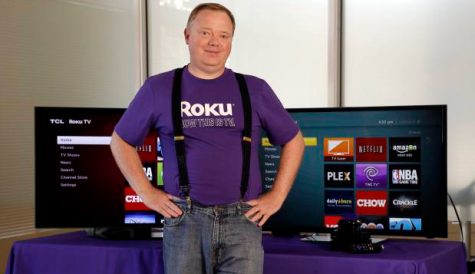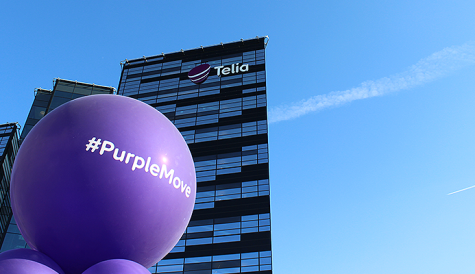Vice Media: does the digital-first model work?

The digital-first model of Vice Media Group has been a leading inspiration for many with its digital-age practices and ability to attract niche and younger audiences. However the last few weeks have seen the collapse of the US and Canada-based company.
First debuting as an alternative-punk magazine in the 1990s and later expanding into a major media brand over the decades, it was revealed this week that the digital firm has filed for Chapter 11 bankruptcy in New York and agreed a sale of assets to a consortium of lenders.
Fortress Investment Group, the group’s largest debtholder, will form part of the new ownership, alongside Soros Fund Management and Monroe Capital. Once valued at $5.7bn in 2017, Vice Media Group is now estimated to be worth only a small fraction of that figure.
The news of the company hitting rock bottom was expected following a sequence of departures from the company including CEO Nancy Dubuc, president Kate Ward, and co-CEOs Bruce Dixon and Hozefa Lokhandwala. Alongside major staff cuts of up to 100 heads, flagship show Vice News Tonight was axed, alongside the closure of its French office at the end of March after 15 years.
The brand became a key player in the TV industry with the launch of its television division, a studio arm and FAST channels, joined by the launch of linear channels including the now closed UK channel Viceland, later Vice, on Sky in 2016.
It became clear, with the closure of offices and movement back and forth with regard to business strategies, that the group was struggling to find its feet and adjust in a rapidly changing market.
The downfall of Vice Media calls into question a strategy of pursuing new and younger audiences, and raises the question of whether it is wise to neglect existing audiences that remain loyal and help deliver revenue.
After the Wall St Journal reported that Vice Media missed its revenue goal of US$700 million last year by around US$100 million, it became evident that the group’s model was not bringing in money.
However, Vice Media is not alone in not getting the right model to meet the demands of the new digital age.
BBC’s Director-General Tim Davie has also shared his plans to transition the broadcaster to an internet-only future by the 2030s.
Speaking at a Royal Television Society event last year, he said, “a switch-off of broadcast will and should happen over time, and we should be active in planning for it” which will lead to “fewer linear broadcast services and a more tailored joined-up online offer.”
The pubcaster shut down BBC Three as a linear channel in 2016 in favour of an online platform operated on BBC iPlayer, which was a push in that direction. Yet the reopening of BBC3 as a linear channel in 2022 was a step back from its internet-only future plan.
The Public Accounts Committee, appointed by the House Commons described the move by BBC as “an example of where it moved too soon, and audiences did not follow.” The committee has since urged the BBC to put together a blueprint on moving its services to become fully digital by the 2030s in a way that “no-one is left behind.”
Ultimately, it seems the broadcaster’s commitment to move to a fully digital future might be too premature. Instead it requires gradual progression with all audiences in a way that is sustainable and has longevity.



